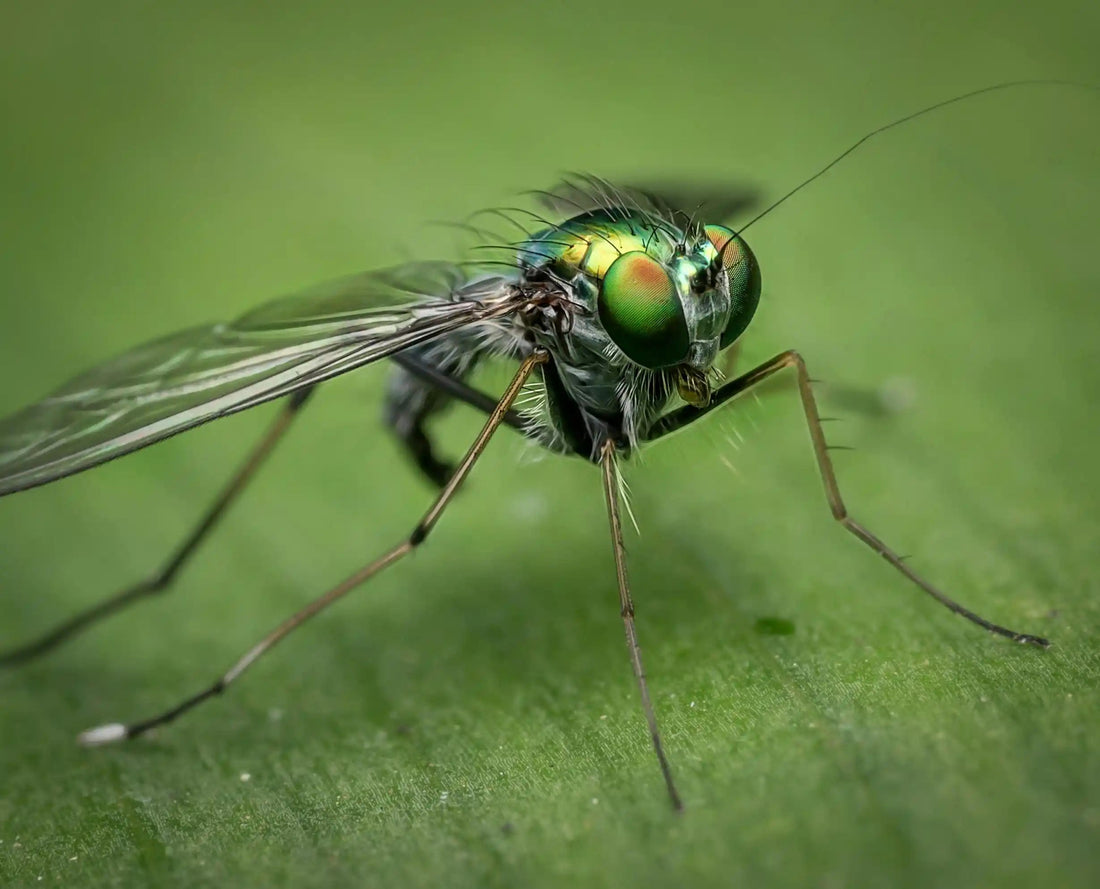
Gnats in Houseplants and How to Get Rid of Them
Share
Gnats in houseplants can be a common nuisance for indoor gardeners. These tiny flying insects, often referred to as fungus gnats, are attracted to moist soil and decaying organic matter in potted plants. While they are generally harmless to humans, their presence can be irritating and potentially harmful to your plants. In this article, we will explore effective ways to get rid of gnats and prevent their return.
Identification:
Before addressing the issue, it's crucial to identify the type of gnats infesting your houseplants. Fungus gnats are small, black or dark brown flies with long legs, and they are commonly found hovering around the soil surface. Confirming the presence of these pests is the first step in implementing the right control measures.

Read More : White Knight Philodendron Care Guide, Planting and Maintenance Tips
Allow Soil to Dry Out:
Fungus gnats thrive in moist environments, making damp soil a perfect breeding ground for them. Allow the top layer of soil in your houseplants to dry out between watering sessions. This deprives the gnats of the moisture they need for their life cycle, ultimately reducing their population.
Use Yellow Sticky Traps:
Place yellow sticky traps near your houseplants to capture adult gnats in flight. The bright color attracts them, and once they land on the trap, they become stuck. Regularly replace the traps to ensure ongoing effectiveness.
Dispose of Infested Soil:
If the gnat infestation is severe, consider replacing the top layer of soil with fresh, dry soil. Dispose of the infested soil properly, as it may contain gnat larvae. This step helps break the life cycle of the gnats and prevents further infestations.
Introduce Beneficial Nematodes:
Beneficial nematodes are microscopic organisms that feed on gnat larvae in the soil. These natural predators can be introduced to your houseplant's soil, providing an effective biological control method. Follow the instructions on the nematode package for proper application.
Avoid Overwatering:
Overwatering is a common cause of gnat infestations. Ensure that your houseplants are not sitting in excess water, as this creates a favorable environment for gnats. Use pots with drainage holes and empty saucers regularly to prevent water accumulation.
Neem Oil:
Neem oil, derived from the neem tree, is a natural insecticide with antifungal properties. Dilute neem oil according to the instructions on the product and apply it to the top layer of soil in your houseplants. This can help eliminate gnats and discourage their return.

Conclusion:
Dealing with gnats in houseplants requires a combination of preventive measures and targeted treatments. By maintaining proper watering practices, using traps, introducing beneficial nematodes, and incorporating natural insecticides, you can effectively eliminate gnats and create an environment that discourages their return. Regular monitoring and proactive care will contribute to the overall health of your houseplants while keeping pesky gnats at bay.
